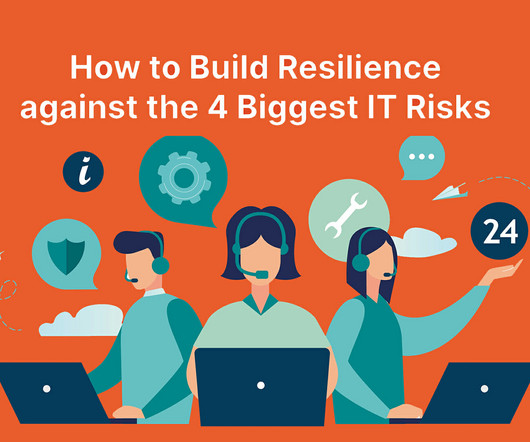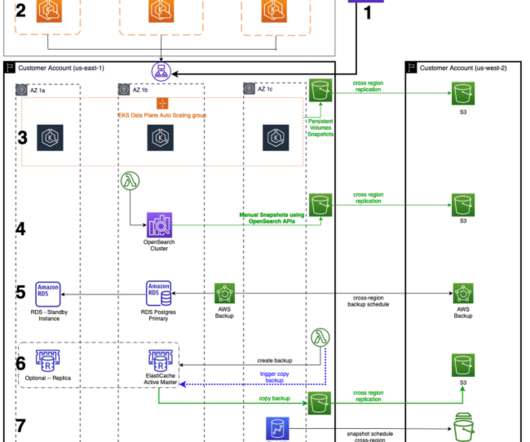IT’s 4 Biggest Risks and How to Build Resilience against Them
Pure Storage
AUGUST 30, 2023
That’s why “ resiliency ,” the capacity to withstand or recover quickly from difficulties, is key. How to Build Resilience against the Risks of Operational Complexity Mitigation: Adopt a well-defined cloud strategy that accounts for redundancy and failover mechanisms. Things will go wrong.












Let's personalize your content